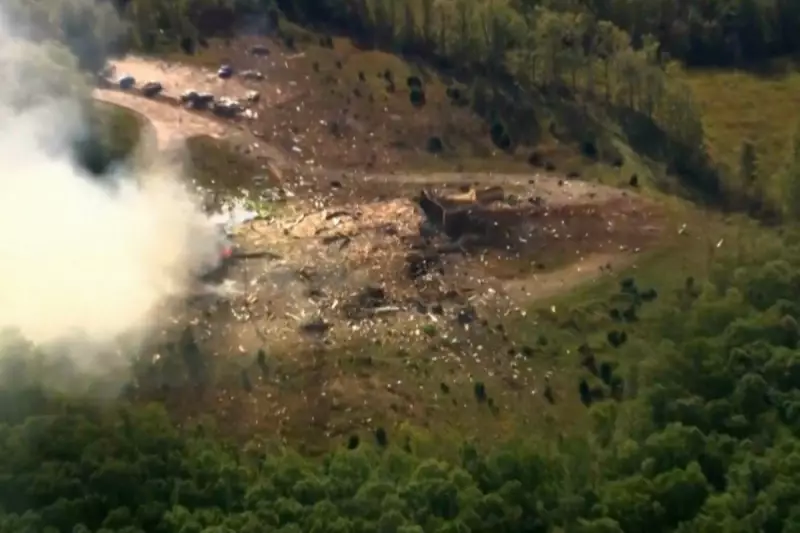
In an extraordinary feat of underwater archaeology, the United States Navy has finally recovered a long-lost time capsule containing a speech by former President Richard Nixon, ending a 60-year mystery that has captivated historians and treasure hunters alike.
The Historic Recovery Operation
After numerous failed attempts spanning generations, Navy divers successfully located and retrieved the 1.8-metre lead-and-stainless-steel cylinder from the murky depths of the Tennessee River near Nashville. The capsule had remained submerged since 1957, when it was accidentally dropped during a ceremony intended to place it in the riverbank.
Contents of the Capsule
The recovered time capsule contains several historically significant items, including:
- The complete text of Richard Nixon's 1957 speech commemorating the 150th anniversary of Robert Fulton's steamboat
- Various commemorative coins and medals from the era
- Documents and photographs related to the original ceremony
- Other period artifacts intended for future generations
Six Decades of Failed Attempts
The recovery marks the culmination of numerous unsuccessful efforts to locate the capsule since its accidental loss. Previous attempts included:
- Initial recovery efforts immediately following the 1957 incident
- A major search operation in 1999 that came close but ultimately failed
- Multiple private and government-funded expeditions over the decades
- Advanced sonar mapping attempts in recent years
Historical Significance
The discovery provides a remarkable window into Cold War America and offers historians new insights into Nixon's political career during his tenure as Vice President. The perfectly preserved contents represent one of the most significant historical recoveries of recent years, shedding light on a pivotal period in American political history.
The capsule and its contents will undergo conservation and analysis before being displayed to the public, allowing modern audiences to connect with this fascinating piece of mid-century American history that was nearly lost forever.





